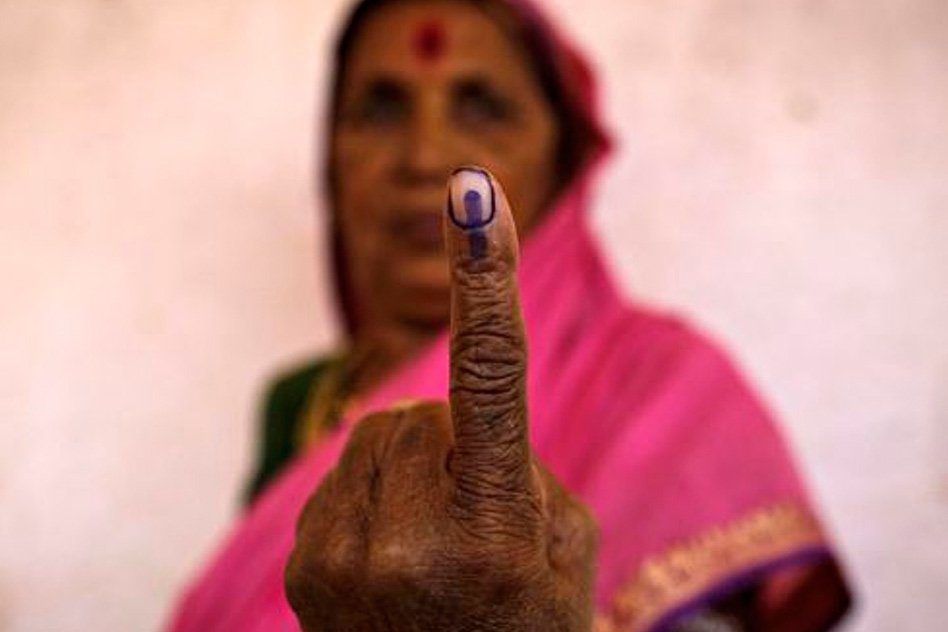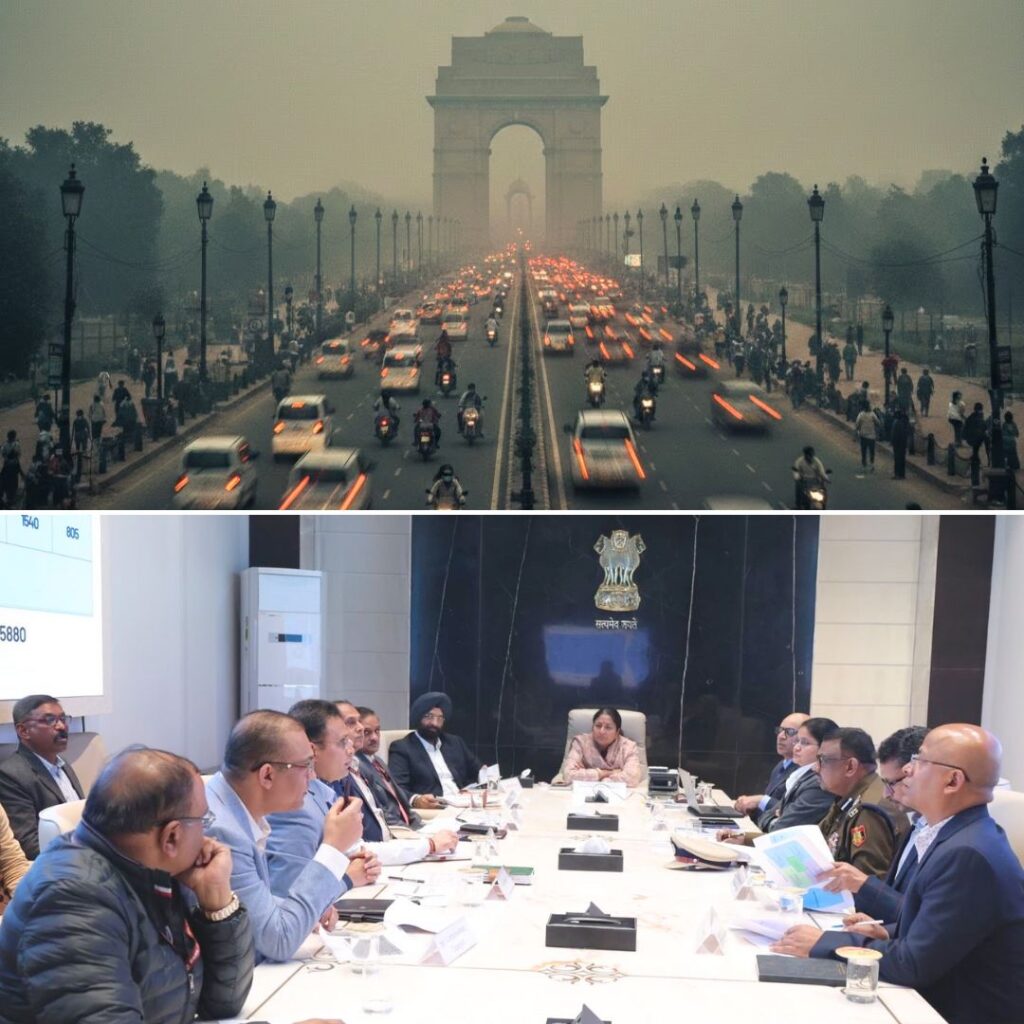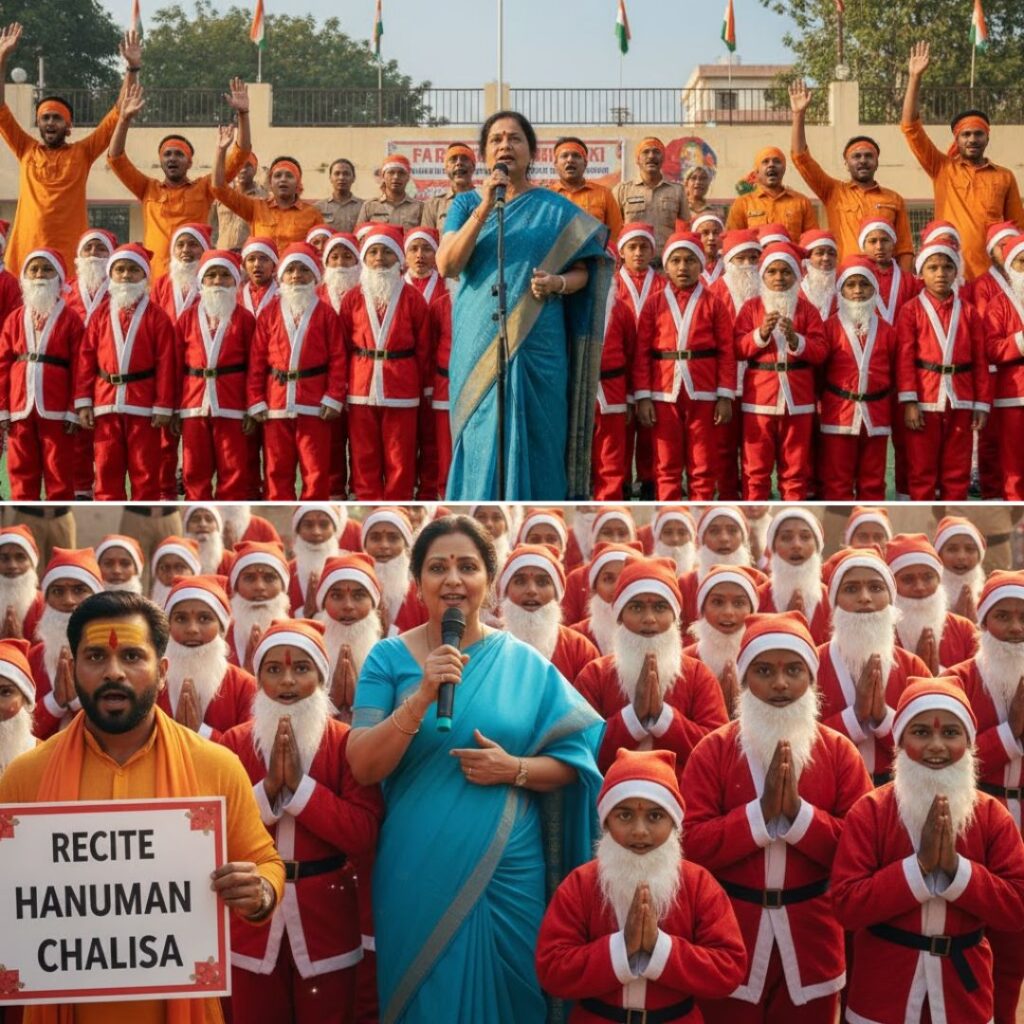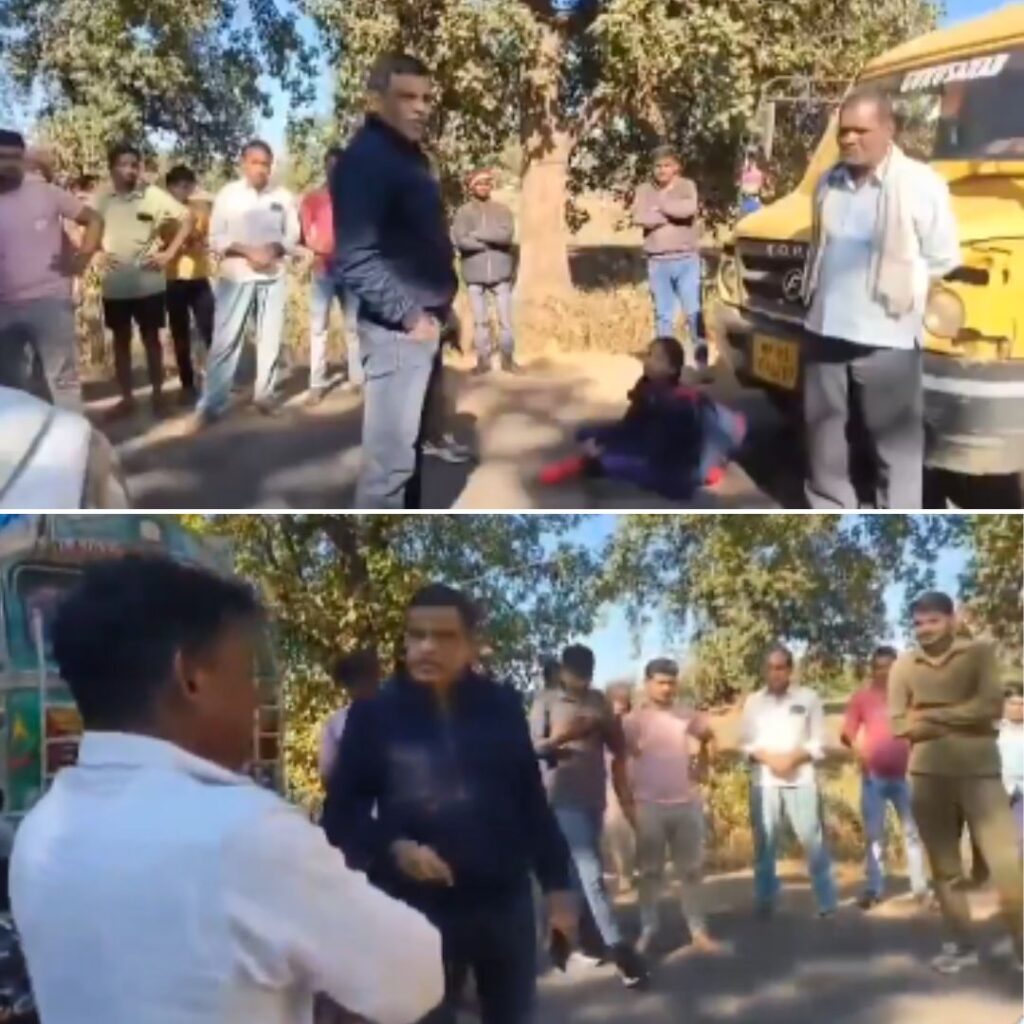Photograph: Danish Siddiqui/Reuters ( The Gaurdian )
On April 7, 2014 when India went into poll mode to elect the 16th Lok Sabha, an amazed world watched. The statistics were staggering – the largest election in history, the longest election in national history, the highest turnout in Indian history, the biggest exercise in electoral history, 814 million eligible voters: it created history just by its sheer magnitude.
But this article is not about praising India’s robust democracy – more elaborate literature from more prolific writers has been penned on that topic. This article is about voter turnout, particularly in urban India. The 2014 LS elections saw a turnout of 66.38% – relatively healthy for a big country like India. But, as always, rural India outvoted urban India. Educated electorates in Bengaluru, Mumbai, Chennai etc. barely crossed the 50% mark while rural constituencies polled high rates of 70-80%.
What about other elections? Take the recently held Bengaluru civic body elections for example. The BBMP elections could have involved 7.4 million voters. The voter turnout, however, was 44%. It was 44.1% in 2010. Polling rates, again, were higher in rural parts of Bengaluru when compared with urban regions of the metropolitan city. The low rate of turnout was attributed, among other things, to bad weather, the absence of the ‘None Of The Above’ (NOTA) option, many names missing from voter lists and the long weekend.
Each of these reasons for low urban voter turnout is unreasonable. Bad weather and long weekend? India has braved more storms than a little rainfall (by the way, it rains every other day in Bengaluru so it’s not a surprise incident). And we need voters to realize that participating in democracy is more important than a weekend vacation or relaxation.
Names missing from the voter lists: there were several skirmishes in the city over this issue but the number of missing names – while appalling – was only in the hundreds. It does not give sufficient explanation to why so few voted in general. Also, this time voters couldn’t opt for the NOTA option; many took to social media to voice concern over the uninspiring choices they had for candidates. “It is better to not vote than to vote for the wrong candidate.” Maybe. But the fact is that even with the NOTA option, Bengaluru and other urban hubs vote disappointingly. And in the 2014 general election, NOTA polled only 1.1% of the votes – hardly comparable to the 56% who didn’t vote in Bengaluru.
So why is it that voter turnout in urban, progressive, educated cities like Bengaluru is so dismally low? Why is it that voter booths in rural Bengaluru were over-crowded while the voter booths in youth-inhabited, highly-educated wards of urban Bengaluru were nearly empty? Is it because young Indians are lazy and uninterested? No – that would be too trivial an answer considering that the Indian youth are highly opinionated and vote more extensively than their Western counterparts. Is it because of the above mentioned factors? No – they may have dipped the turnout, but it would’ve been low nevertheless. Is it because voters feel their role will not account for anything eventually?
There are several answers, many solutions and countless viewpoints. But the fact remains that educated Indians are not living up to their responsibilities. We need well-informed voting, and voter turnouts tell a lot about us as a people. Making voting compulsory is another debate altogether – we need people to come out in droves and vote without having to be reminded of their responsibilities. That’s a more ideal stage, a stage we need to aspire to.
Indian democracy is probably the most elaborate experiment in history. Since 1947, whenever India faced civil strife or war or economic uncertainty Western pundits predicted balkanization, the breaking of India, the triumph of regionalism and the failure of unity. But such a day never came. Elections are India’s way of reaffirming its faith in democracy. As Indians, we have a responsibility to advance our democracy.












